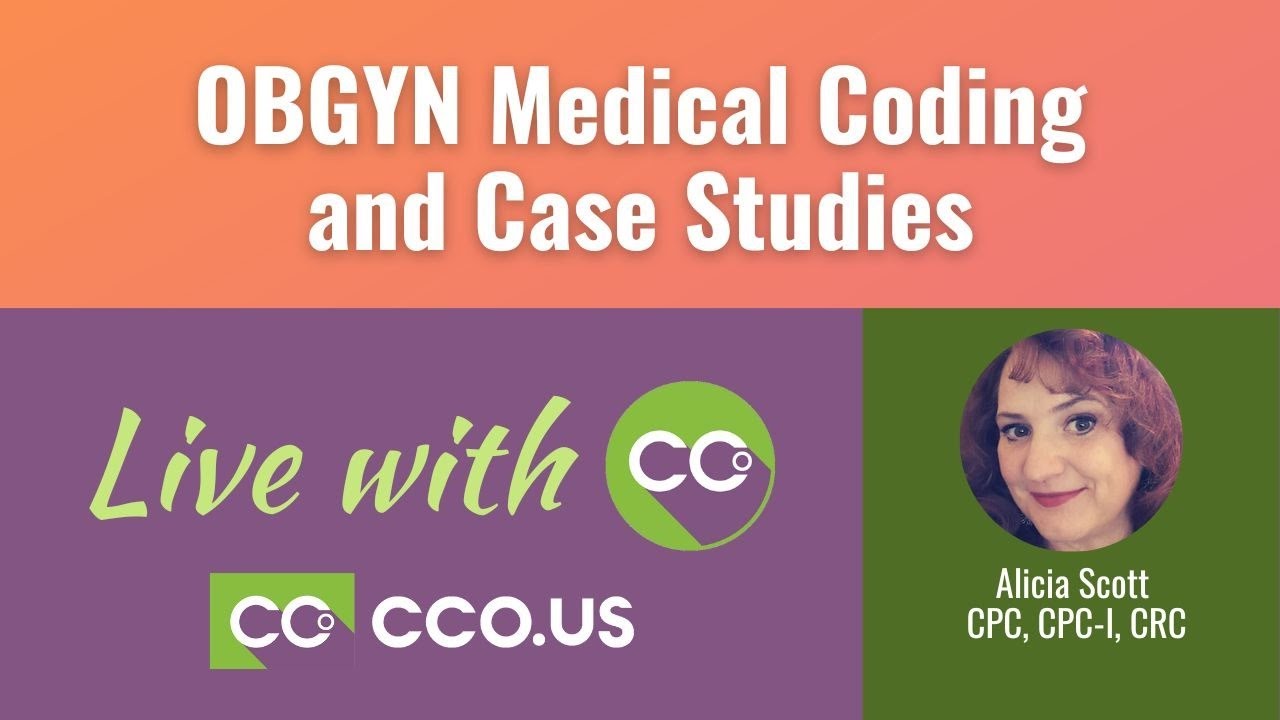NEW YORK (Reuters Health) – Results of the Infant Cooling Evaluation (ICE) trial confirm that moderate therapeutic hypothermia reduces death and disability in term and near-term infants who have had a lack of oxygen to their brain around the time of birth.
What the ICE trial adds, Dr. Susan E. Jacobs told Reuters Health, is that a simple, inexpensive method of cooling can be safely started sooner, at the birth hospital, in non-intensive care settings while awaiting transfer to a regional tertiary neonatal intensive care unit (NICU). However, “appropriate training and guidance on cooling” is essential, said Dr. Jacobs, of the neonatal service, Royal Women’s Hospital in Victoria, Australia.
It’s now well known that therapeutic cooling has neuroprotective effects in term newborns with hypoxic-ischemic encephalopathy (HIE), Dr. Jacobs and colleagues note in the April 4 Archives of Pediatrics and Adolescent Medicine. Commencing cooling within 6 hours of birth is considered “critical.” Yet, few babies throughout the world are admitted to tertiary neonatal ICUs before this time.
The ICE trial involved 221 newborns with a gestational age of 35 weeks or more and indicators of peripartum HIE (an Apgar score of 5 or less at 10 min, continued need for mechanical ventilation at 10 min, and/or metabolic acidosis).
The ICE trialists planned to recruit 300 infants, but recruitment was stopped by the steering committee in July 2007 due to external evidence that had accumulated in favor of hypothermia. This evidence raised ethical concerns about further randomization to normothermia in infants who might benefit from hypothermia.
Between February 2001 and July 2007, the 221 participants were randomly assigned to whole-body hypothermia to 33.5 degrees C for 72 hours or to standard care (maintenance of normal body temperature at 37.0 degrees C).
In the cooling group, hypothermia to the target core temperature was achieved by turning the radiant warmer (or transport incubator) off, exposing the infant to the ambient air temperature and applying refrigerated gel packs to maintain rectal temperature at 33 to 34 degrees C. All infants had their core temperature measured continuously by thermistor inserted into the rectum.
According to the researchers, therapeutic hypothermia significantly reduced the risk of death or major sensorineural disability at 2 years (the composite primary outcome): 55 of 107 infants (51.4%) in the hypothermia arm and 67 of 101 infants in the control arm (66.3%) died or had a major sensorineural disability at age 2, with an absolute risk reduction of 15%.
“Treating 7 newborns with HIE with hypothermia prevented 1 infant from dying or surviving with a major disability,” they report. The protective effect of hypothermia persisted after the researchers adjusted for severity of encephalopathy.
In the study, all of the cooled infants reached the target of 33 to 34 degrees C by a median of 2 hours after cooling commenced. No significant major adverse effects of hypothermia were identified in the ICE trial. The method of therapeutic hypothermia used in this trial is “uncomplicated, pragmatic, and inexpensive and therefore is widely applicable,” the authors note.
“With the appropriate training and guidance,” Dr. Jacobs said, “cooling could be started sooner at the hospital of birth during stabilisation in nonintensive care settings whilst awaiting arrival of the transport team.”






